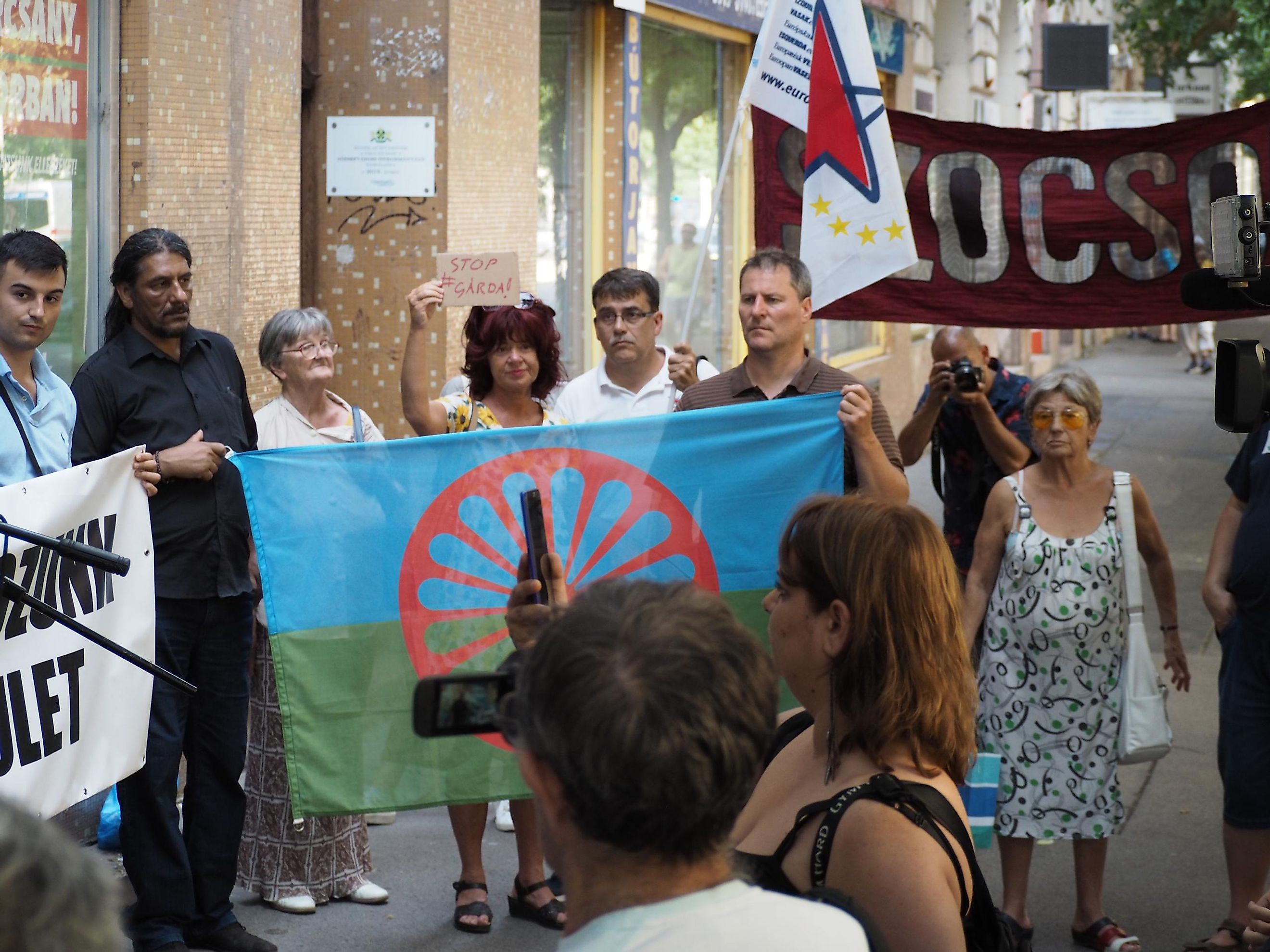
The Historical and Ongoing Persecution Of Gypsies In Europe
Originating in Northern India, the Romani people began their journey west to Europe by the 11th century and reached areas like the Byzantine Empire by the 12th century. The Romani have faced substantial discrimination for hundreds of years, including bounties on the heads of Romani peoples, genocide, slavery, and beyond.
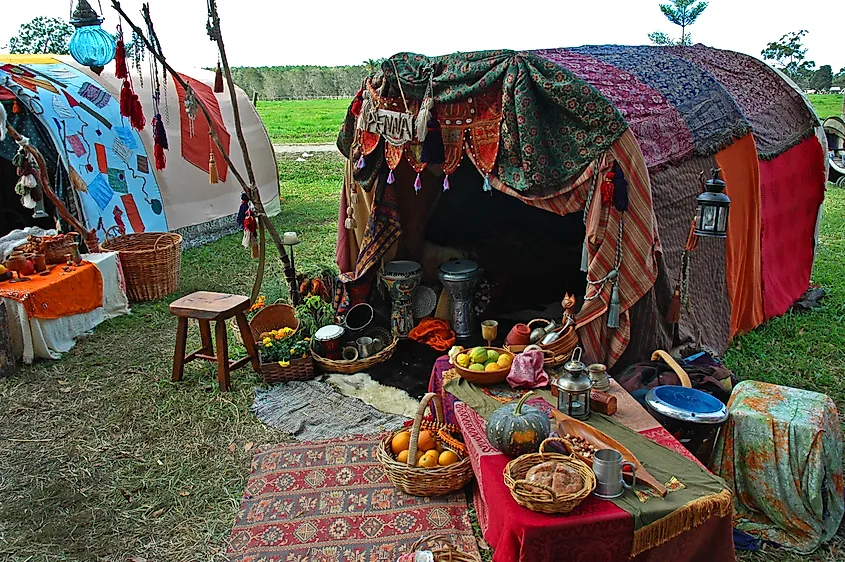
Although sometimes referred to as gypsies, this is often considered a derogatory term. The term gypsy is sometimes used and embraced by Romani subgroups as the term is so engrained within law across the world to refer to Romani people it has become normalized. When the Romani initially arrived in Europe, they had been called Egyptians by England, for example, through the Egyptian act. Some say gypsy has progressively become a tainted term, sometimes used to describe thieves or shortened to the term "gypped," which means to have something stolen from you. This term originated from the term gypsy.
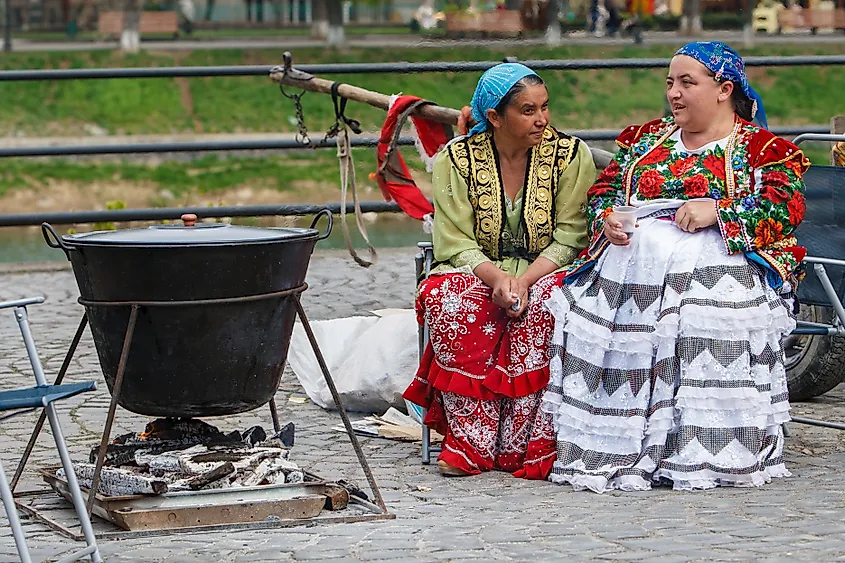
Better appropriate terms, which are generally accepted, are Romani, Roma, or the specific names of different groups, ex: Sinti, Romanichal/Romaniche, Calé/Kale, and Manouches, although preference can change depending on the individual or community. Within these 5 main groupings, there are subgroups specific to countries and areas with various dialects with a diaspora stretching across the globe.
The Byzantine Empire
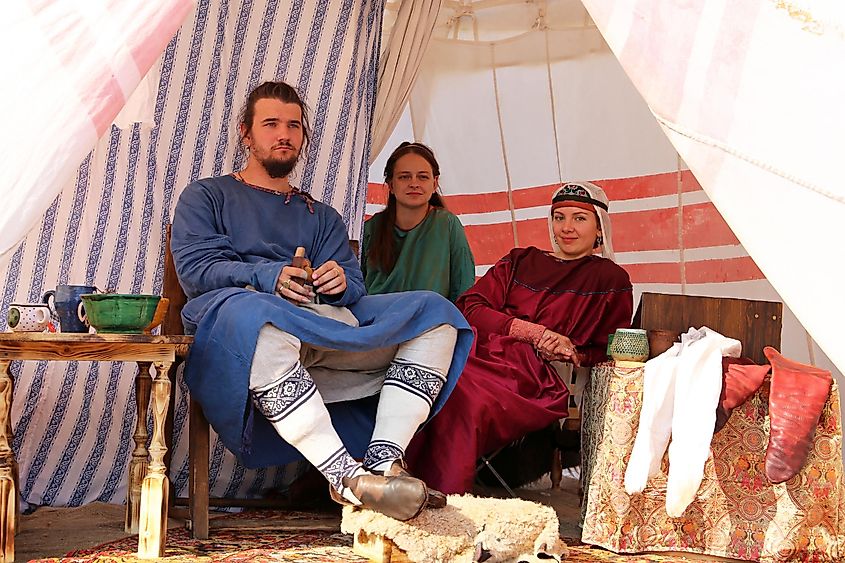
Some of the earliest written documentation of the Romani was taken down within the Byzantine Empire, the continuation of the eastern portion of the Roman empire. The Byzantines primarily spoke Roman and Greek and spanned Italy, Greece, and Turkey, along with portions of North Africa and the Middle East. The Romani are said to be recorded under the name "Atsingani," derived from the Greek word atsinganoi. During the year 800 AD, Saint Athanasia shared food with foreigners generally known as Athinganoi, while near the region of Thrace. Other sources state that Athinganoi visited Emperor Constantine ix in the year 1054. Unfortunately, the Romani often referred to as atsinganoi at the same were considered to be predictors of the known and inspired satanically in 13th-century Byzantine records.
Ottoman Empire
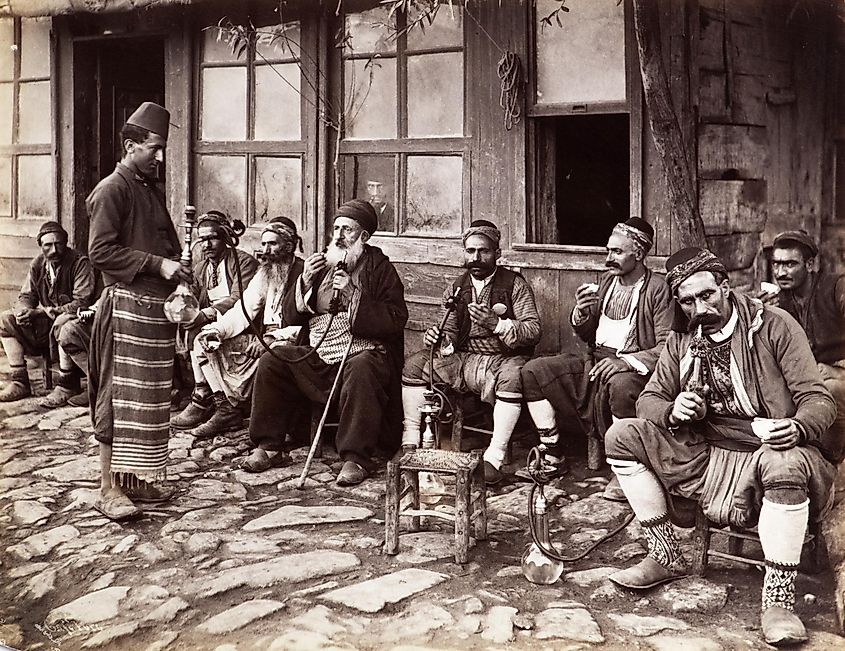
Within the ottoman empire, Romani peoples were believed to be Egyptians and were called Kipti, referring to Copti's of Egypt. They were full-fledged subjects of the sultan. Romani peoples were generally civilians and taxpayers, unlike Romani peoples in Central and Western Europe. had general civil rights since the 15th century, however, the population of the ottoman empire was not in equal social position, and whether a subject was Muslim or not dictated the majority of their treatment and status. The Romani were traditionally nomadic and put their many skills such as goldsmith, blacksmith, agriculture, and so on to use. Within the ottoman empire, Muslim Romani people integrated much easier within ottoman society compared to non-muslim and Christian Romani. There are also sources stating after the Ottoman occupation, the Romani were relegated to a low rank in the social ladder in some areas.
Holy Roman Empire(Central Europe)
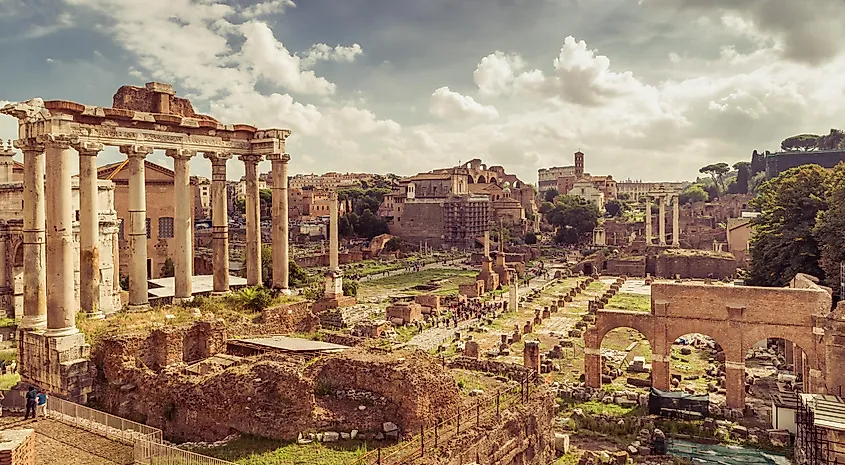
The Holy Roman Empire by no doubt was unquestionably cruel towards the Romani within its territory. There are numerous accounts of the Diet of Augsburg in 1545 persecuting the Romani, declaring that anyone who was to kill a “gypsy” was guilty of no murder. As if things could not get worse for the Roma, Emperor Leopold I declared Roma men could be killed like they were animals. These engulfed killing sprees, which spread like wildfire, which were so immense that the diet had to legally prohibit the drowning of gypsy women and children. Later, in 1710, the holy roman emperor Joseph I, ordered that all adult Romani males were to be hung without trial, while women and children were to be flogged and forever banished from the empire. Any official who failed to enforce this was to be fined 100 Reichsthaler.

Across his kingdoms, for example, in Bohemia, all Romani men were to have their right ear cut off; in Austria, they were to be branded on the back and in the march of Monrovia Romani men were to have their left ear cut off. Additionally, anyone who aided the Romani in any way was to be punished with forced labor for half a year. This again resulted in mass killings of the Romani peoples across the Holy Roman empire. Later, in 1721, Charles VI added that Romani women were to be included in these mass executions and children were to be placed in "hospitals for education". Following in 1774, Maria Theresa of Austria within the Holy Roman Empire forbid marriages between Roma, and Romani children over the young age of five were to be placed with and raised by non-Roma families.
Romania
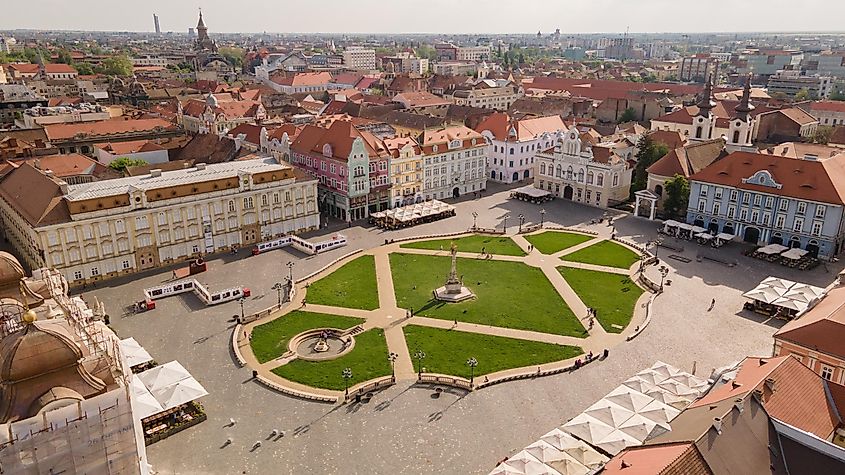
With the arrival of the 13th century, the principalities of Moldavia and Wallachia saw a rise in slavery, targeting primarily Romani peoples, with other ethnicities making up minorities. Within what is now present-day Romania, Romani people were to be owned by one of three tiers: the state, the church(orthodox monasteries) and individuals (generally landlords, aristocrats etc.). The Romani were primarily exploited for their skill in goldsmithing, brickmaking, blacksmithing, agricultural work, and sometimes made to be servantsRoma slaves were only freed in the 1850s, and extensive attempts to assimilate and erase the Roma culture were implemented, although only enforced by local authorities. As a result, the Romanian state was unsuccessful and many Romani people lived in communities in the outskirts of villages they were placed in, married amongst other Roma and spoke and retained their language and culture. Today, the majority of Roma in Romania are under the poverty line;some communities even have no electricity or water. Roma children are not at bay from the injustices against their people. They often feel excluded or given up on in schools. They struggle to learn because many of them do not speak Romanian, and many teachers do not speak the Romani dialect. Racism and mistrust toward Romani people is not something Romanian society tries to hide. Although many Roma, have prospered, especially in Transylvania, many still suffer the generational trauma caused by 500 years of slavery, persecution and racism.
Spain & Portugal
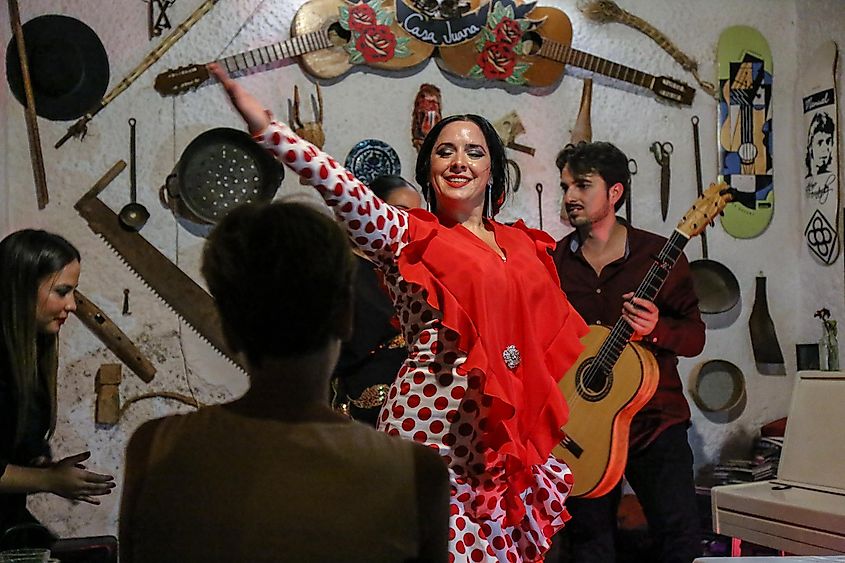
Spanish Roma are also known as Gitanos, with the name of the subgroup being Calé. For 300 years, Policies were enforced to eliminate the Romani from Spain as a substantial minority. Many Romani communities were raided, spread apart, and destroyed. All Romani were forced to marry non-Romani people and prohibited from marrying within their own ethnic group. The Calo language and culture were banned, in Spain and Portugal alike. Later, in 1749, an event known as The Great Gypsy Roundup took place where the Spanish government enforced mass imprisonment of all Calé in the realm who were often subjected to forced labour. Portugal regularly exiled its Cigano population to colonies in Brazil and Africa. Portuguese Romani were subjected to forced labour. Within Portugal in the 90s to 2000s, multiple communities exiled local Romani people out of suspicion of criminal activity. Later, in 2017 right-wing politician, André Ventura gained criticism for his remarks, accusing Portuguese Romani of being almost entirely dependent on state subsidies and being above the law. After that, when Ventura was no longer supported by the people's party and left the social democratic party, he formed a far-right party called "Chega" with the same racist policies towards black and Romani peoples.
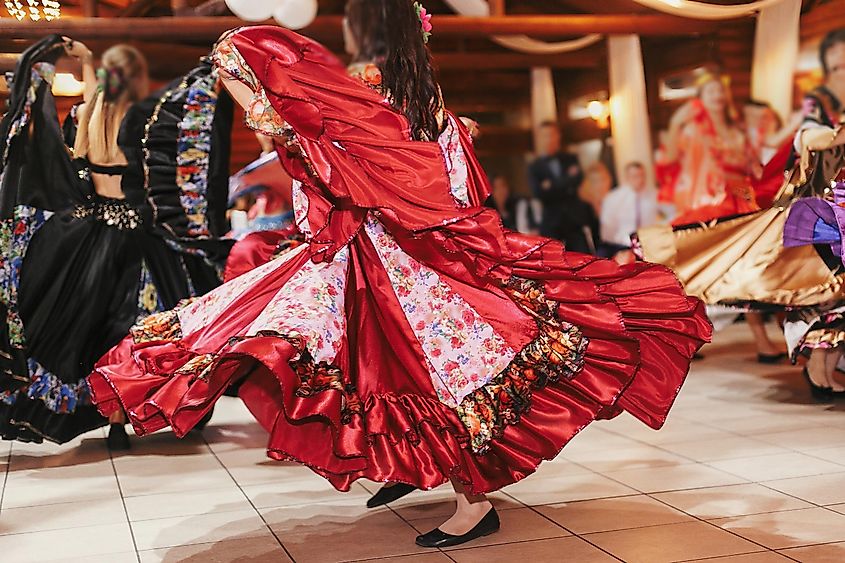
Thankfully, Spain took a better direction in the 1970s when the last anti-Romani law was repealed, largely promoted by Juan de Dios Ramírez Heredia, the first Romani deputy. Spain, although still with its many issues, is regarded as having some of the better Romani integration strategies compared to Italy and Greeceand has made extreme contributions to Spanish culture, especially in terms of their creation of beloved Flamenco music. Unfortunately, in 2016, a report by FRA concluded that 71% of Portuguese Cigano and 51% of Spanish gitano reported that they encountered racism or an episode of discrimination within those last 5 years, especially in terms of clubs, bars or losing their jobs if it is revealed they are Gitano. A report by Pew Research found that 49% of Spaniards hold unfavourable views towards Spanish Romani. Meanwhile in Portugal since 1996, the country has released different programs and strategies for Romani integration, one under the name of Working Group for the Equality and Inclusion of Gypsies, one of its latest being established in 2013 under the name of Consultative Group for the Integration of the Gypsy Communities, renamed Consultative Council in 2018.
The Porajmos

Translating directly to "The Devouring", the Porajmos is agreeably one of the worst atrocities to plague the Romani peoples of Europe. With a death toll ranging from 500,000 to 1.5 million . The Roma lost approximately 50% or more of just a little more than 2 million Roma residing in Europe at the time between 1935 and 1945. The Romani were enslaved, tortured during inhumane medical experiments, and murdered. A notable survivor of these cruel experiments is a resilient Roma woman named Margarethe Kraus. She was living in Czechoslovakia until her deportation to Auschwitz in 1943, where her parents were murdered, she was then enslaved and underwent forced medical experiments, survived, and was then moved to Ravensbruck where she worked as a slave. Unfortunately, most people did not survive the concentration camps, due to either starvation, inhumane living conditions, or the medical experiments. Once the Porajmos and Holocaust ended, the Romani, unlike the Jewish people, never received reparations , and the reasoning was "Gypsies [were] persecuted under the Nazis not for any racial reason but because of an asocial and criminal record. But Hitler also stated that the Roma were "enemies of the race-based state", thereby placing them in the same tier as the Jewish people, and quite obviously based on ethnicity.
Now, almost 90% of European Romani are under the poverty line with low literacy rates due to their traditional oral history and high rates of discrimination against them. But things are slowly changing. Thanks to organizations like the International Romani Union and The European Roma Rights Centre (ERRC), Romani peoples’ voices are beginning to be heard. The Romani are extremely resilient people, with an estimated population of up to 20 million across the world today and high ends of estimates reaching 15 million in Europe. With Romani voices being heard more and more every day, especially on social media, the word is spreading about the Romani, their struggles, culture and achievements. With the help of education, tolerance, and social media Romani people are no longer regarded as outcasts, and are being treated with the respect they deserve.











